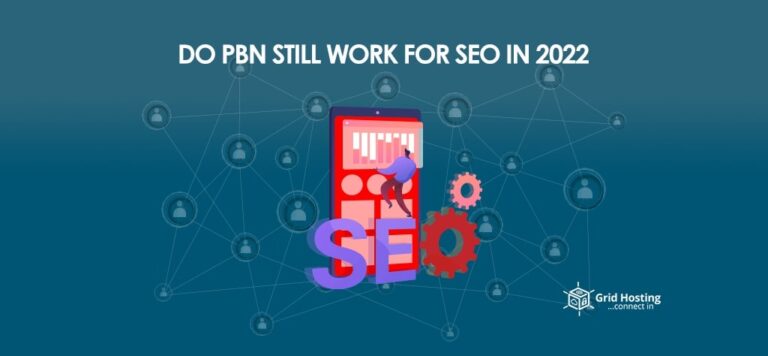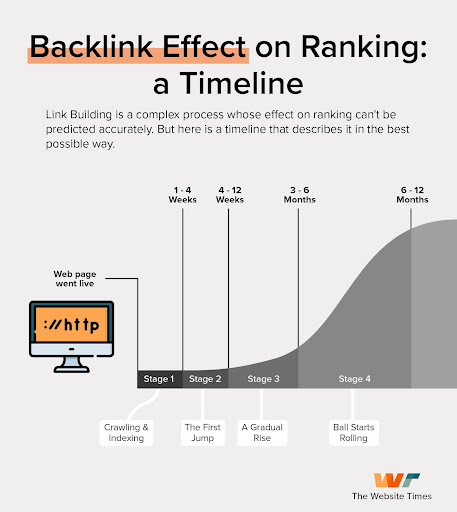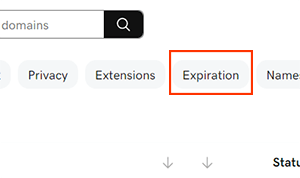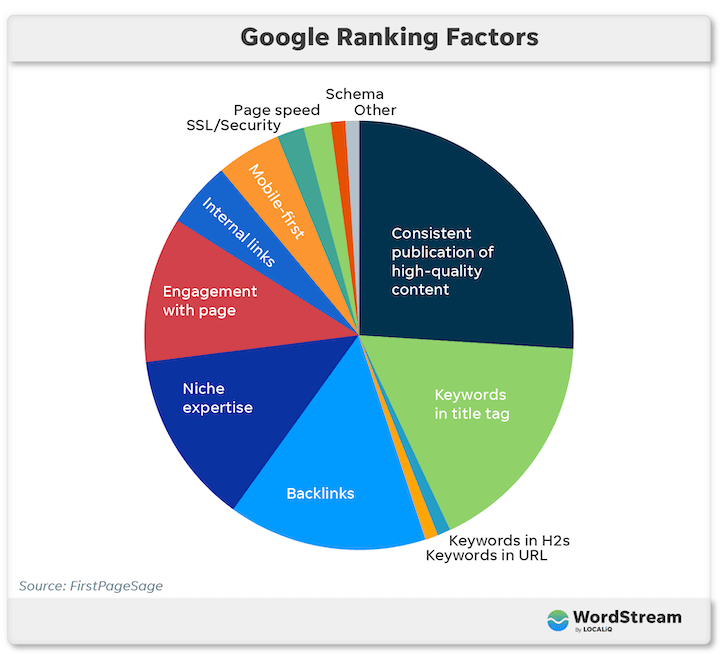How to Lower Your Website Spam Score? A website’s spam score is a crucial factor in determining its search engine ranking. A high spam score can negatively impact a website’s visibility and make it difficult for potential customers to find it. Fortunately, there are several steps website owners can take to lower their spam score and improve their search engine ranking.
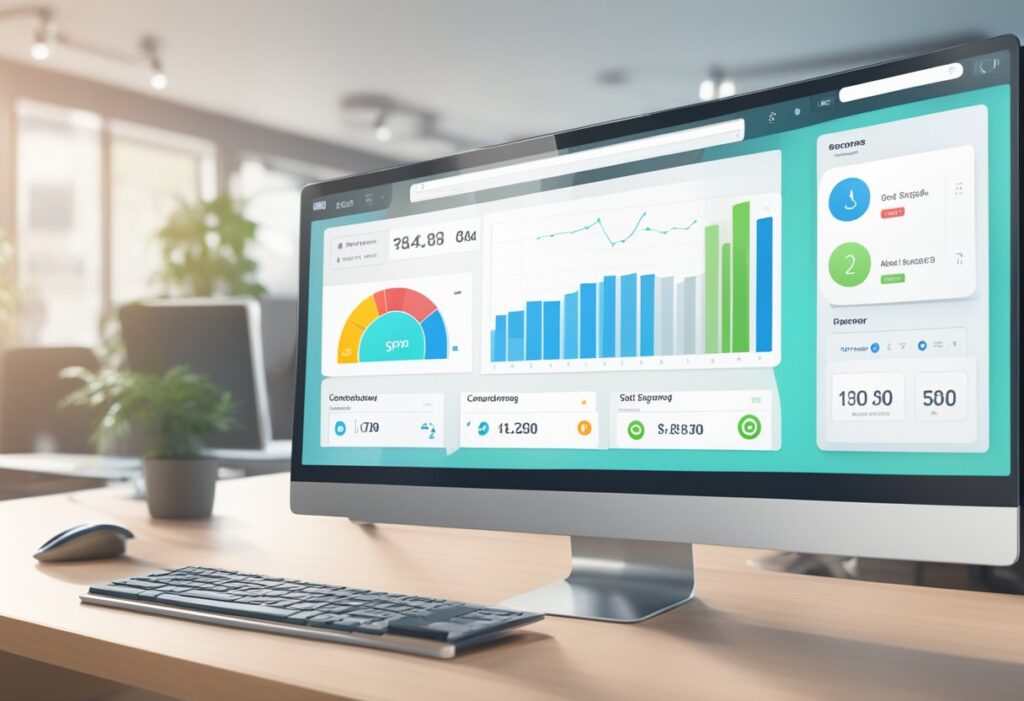
One of the most effective ways to lower a website’s spam score is to focus on link quality. Websites that have a large number of low-quality links are more likely to be seen as spammy by search engines. To improve link quality, website owners should focus on building high-quality links from reputable sources. They can also remove low-quality links and disavow links from spammy sources.
Another important factor to consider when lowering a website’s spam score is anchor text diversity. Over-optimized anchor texts or an excessive number of identical anchor texts can raise red flags and negatively impact a website’s ranking. Website owners should aim for a balanced mix of anchor texts that are relevant to their content and provide value to their readers. By following these tips and focusing on high-quality content, website owners can lower their spam score and improve their search engine ranking.
Understanding Spam Scores
What Is a Spam Score?
A spam score is a metric used to determine the likelihood of a website being penalized by search engines for engaging in spammy practices. It is a score between 0 and 17, with higher scores indicating a higher likelihood of being penalized. The spam score is calculated by analyzing various factors such as the quality of inbound links, the content quality, and the website’s overall reputation.
How Spam Scores Impact SEO
A high spam score can negatively impact a website’s search engine rankings. Search engines like Google use spam scores to identify websites that engage in spammy practices such as link schemes, keyword stuffing, and low-quality content. Websites with high spam scores are less likely to rank well in search engine results pages (SERPs).
To avoid being penalized for spammy practices, website owners should aim to keep their spam scores as low as possible. This can be achieved by following best practices for SEO, such as creating high-quality content, building high-quality backlinks, and avoiding black hat SEO tactics.
In addition to impacting search engine rankings, a high spam score can also damage a website’s reputation. Visitors are less likely to trust a website that has a high spam score, which can lead to lower engagement and conversions.
Overall, understanding spam scores is an important part of maintaining a healthy and successful website. By keeping spam scores low, website owners can improve their search engine rankings, build trust with visitors, and ultimately achieve their online goals.
Proactive Measures to Lower Spam Score

When it comes to reducing website spam score, there are several proactive measures that website owners can take to ensure that their website is seen as credible and trustworthy. In this section, we will discuss some of the most effective measures that you can take to lower your website’s spam score.
Implement Email Authentication Protocols
One of the most important steps that you can take to lower your website’s spam score is to implement email authentication protocols such as SPF, DKIM, and DMARC. These protocols help to verify the authenticity of your email messages and ensure that they are not being sent from a fraudulent source. By implementing these protocols, you can help to prevent your emails from being marked as spam and improve your website’s overall credibility.
Read also another article in: lettiebelle.com.
Regularly Update Website Content
Another important step that you can take to lower your website’s spam score is to regularly update your website content. This includes adding new pages, updating existing pages, and removing any outdated or irrelevant content. By keeping your website up-to-date and relevant, you can help to improve your website’s overall credibility and reduce the likelihood of it being marked as spam.
Optimize Your Email List
Finally, it is important to optimize your email list to ensure that you are only sending messages to recipients who are interested in receiving them. This includes regularly cleaning your email list to remove any invalid or inactive email addresses, as well as segmenting your list to ensure that you are sending targeted messages to specific groups of recipients. By optimizing your email list, you can help to improve your email deliverability and reduce the likelihood of your messages being marked as spam.
In summary, implementing email authentication protocols, regularly updating your website content, and optimizing your email list are three proactive measures that you can take to lower your website’s spam score and improve its overall credibility and trustworthiness.
Technical Adjustments for Spam Reduction
Adjust Your Email Server Settings
One of the most important steps to reduce spam score is to adjust the email server settings. The email server settings can be modified to prevent spam from being sent out from the website. There are several settings that can be adjusted to reduce the spam score, such as:
- Limiting the number of emails sent per hour
- Restricting the use of certain email addresses
- Enabling email authentication protocols such as SPF, DKIM, and DMARC
- Configuring the email server to reject or quarantine emails that fail authentication checks
By making these adjustments, the website owner can reduce the likelihood of their emails being marked as spam, which can improve their spam score.
Use Reputable Email Service Providers
Another way to reduce spam score is to use reputable email service providers. These providers have a good reputation for delivering emails to the inbox and not the spam folder. They also have advanced spam filters that can detect and block spam emails before they reach the inbox.
When choosing an email service provider, it’s important to consider the following factors:
- Deliverability rates
- Spam filtering capabilities
- Email authentication protocols
- Reputation management services
By using a reputable email service provider, the website owner can improve their email deliverability and reduce their spam score.
Overall, making technical adjustments and using reputable email service providers can significantly reduce spam score and improve website performance.


